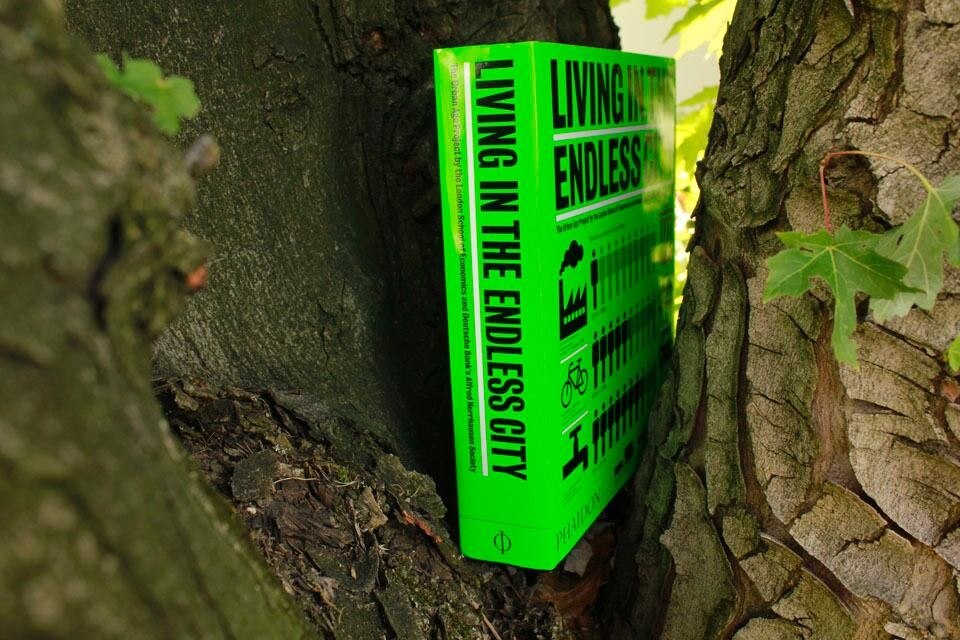Edited by Ricky Burdett and Deyan Sudjic. Phaidon Press Limited, 2011 (432 pp., $69.95)
Living in the Endless City is the latest book from the Urban Age collective whose headquarters is based at the London School of Economics' Cities Department. In 2005 it forged with Deutsche Bank's Alfred Herrhausen Society a unique cycle of conferences, a think and do tank involving mayors, planners, architects, sociologists and urban geographers analyzing the patterns and implications of the growing, and in some cases, shrinking cities of the 21st century in an era of homogenizing globalisation. The first, The Endless City, published in 2008, documented the first two years of collaboration, while this 432-page follow-up covers the extension of Urban Age's investigations of cities in India, Latin America and the Mediterranean between 2007 and 2010.
Wolfgang Novak, Director of the Society, calls the united goal of Urban Age—led by Director Ricky Burdett, who, with Deyan Sudjic, Director of the Design Museum, are the book's editors—to "find a grammar for the success of cities", in spite of their major problems. Anyone visiting Burdett's Venice Architecture Biennale a few years ago will know that statistics are Urban Age's stock in trade, but behind the statistics are a series of profound interpretations about urban growth.
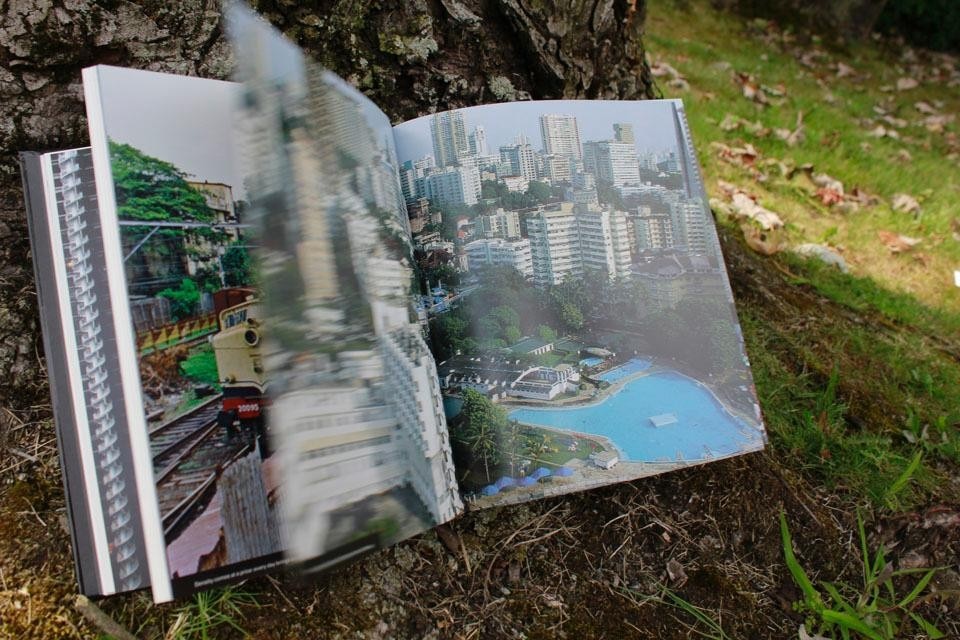
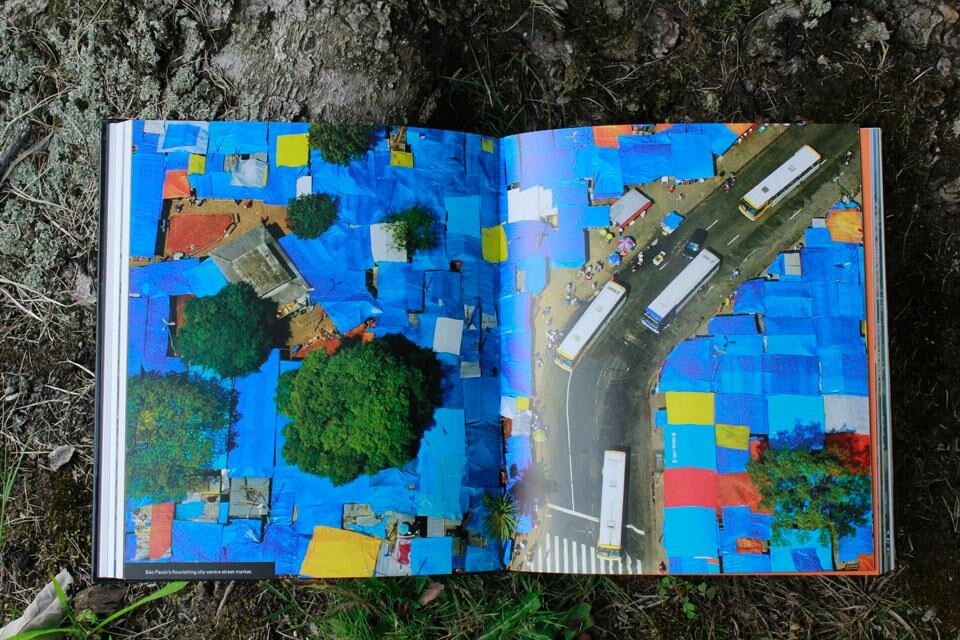
An overriding irony is that the phenomenon of urban growth is bringing geographical spread, but not public space, and an accompanying class, ethnic and racial segregation. It is truly shocking how socially fragmented cities are becoming.
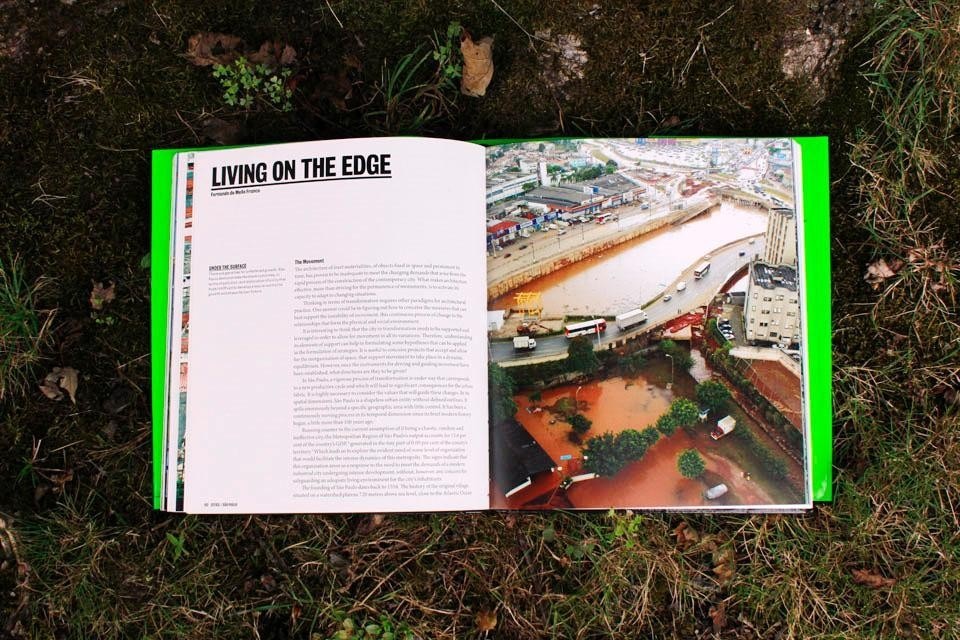
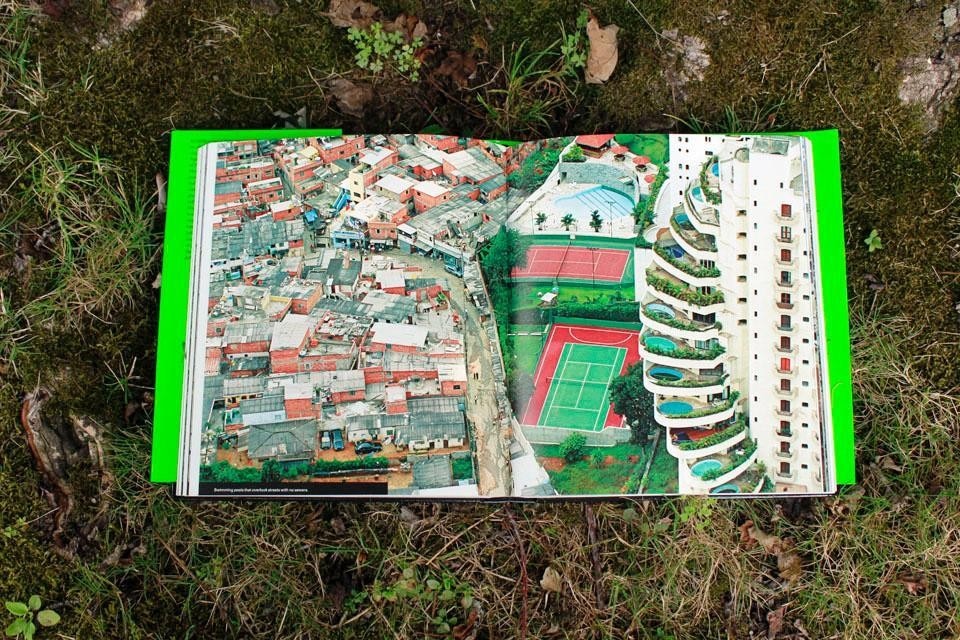
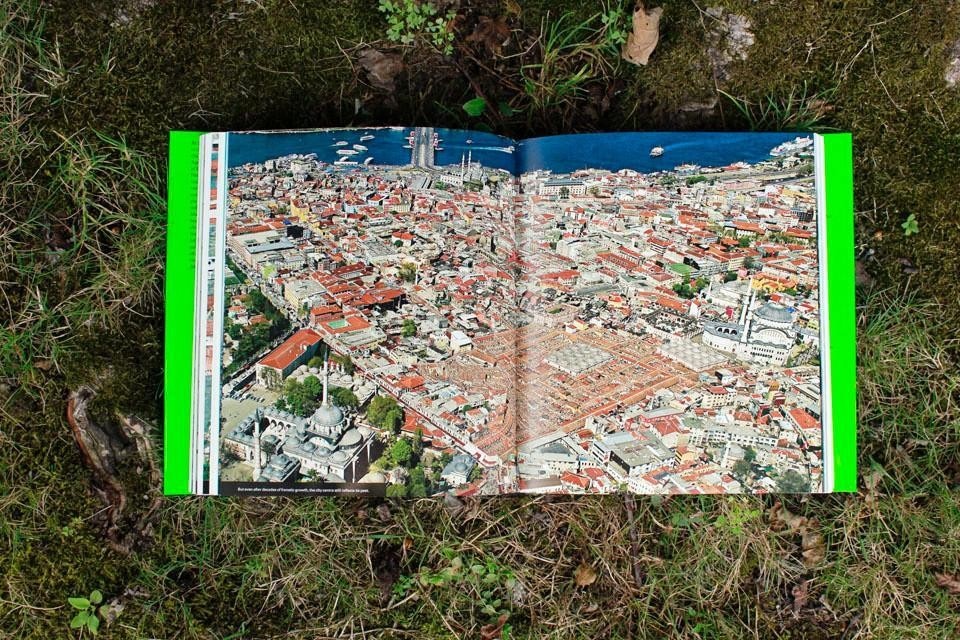
Lucy Bullivant


